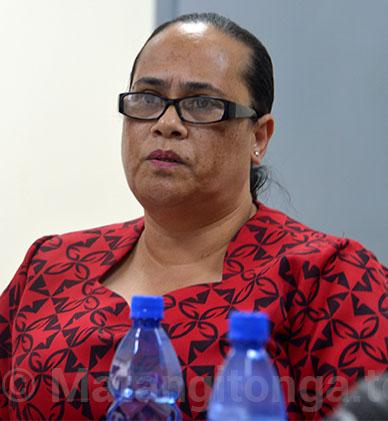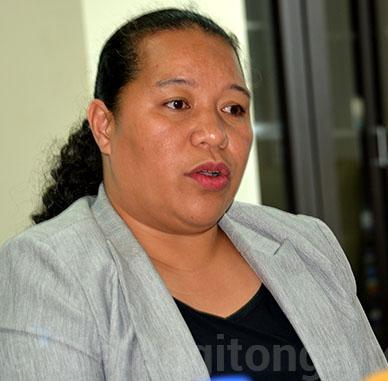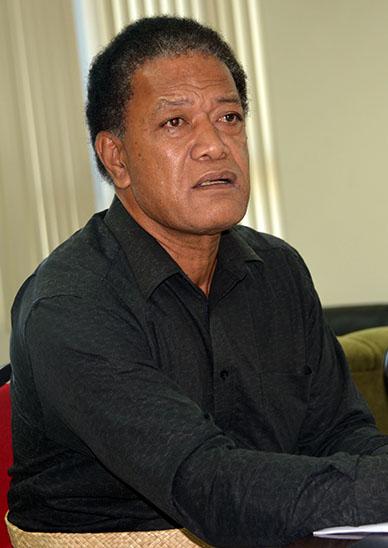
Tropical Cyclone Gita inflicted $356 million pa'anga worth of damage on Tongatapu and ‘Eua on 12 February this year, said Balwyn Fa’otusia, the CEO for the Ministry of Finance and National Planning.
Three months after the Category 4-5 Tropical Cyclone Gita struck Tongatapu and ‘Eua, the Tongan government on 11 May announced the figures for the damage.
The six month Emergency Period when people with properties that were damaged by Cyclone Gita could import Duty Free construction materials, will run for another three months.
CEO for the Ministry for Infrastructure, Kelela Tonga, said that following Cyclone Gita, 5,499 properties received minor damages, 1,028 received major damages and 469 houses were completely destroyed.
She said that three months after the cyclone, some 257 of these damaged properties had not been repaired. However, the only assistance that her Ministry can provide, is material and labour.
Hon. Poasi Tei, the Minister for the Ministry of Meteorology, Energy, Information, Disaster Management, Environment, Communications (MEIDECC) said that they have a solution for the 257 properties that have not been touched since the cyclone, whereby government can provide materials for the construction of a 5m X 4m "Palepale" valued at $3900. The shelter has a concrete floor, with posts and an iron roof but no walls.

He said that they are working closely with His Majesty’s Armed Forces to established these Palepale, “to move the people away from the tents to these Palepale”.
Hon. Poasi said that the Mormon Church could mill fallen coconut trees, and the Ministry of Agriculture would soon have two mobile mills to produce walls for these shelters.
Many school buildings were heavily damaged during the cyclone. Ponepate Taunisila from the Ministry of Education said that 29 school buildings will have to be rebuild, and 10 schools with 1189 students were still in tents.
Ponepate said that the World Bank was aware of the many school buildings that have to be rebuild, and they were willing to help with the reconstruction. However, the process is slow.
Balwyn Fa’otusia, the CEO for the Ministry of Finance said that the World Bank sent a delegation to conduct a rapid assessment of damages to all public sectors, including Education. Their report has to go through two stages of Technical Assessment before it is presented to a Board to make the final decision.
She said that the needs of the Ministry of Education had been identified to be worth $10m. The Board of the World Bank will meet on 7 July and once it passes the report, the loan will go through and the rebuilding of schools can start.
On the question on how Tonga and government will finance its cyclone reconstruction program, Baltwyn said that Government had received $TOP25.3m foreign assistance for its cyclone recovery program.
This included $USD7m from the Asian Development Bank, plus $USD5M from a Natural Disaster Insurance Policy that is funded by the World Bank, Japan and other countries.
The total cost of damages to properties and loss of revenue caused by Gita amounted to $TOP356m or 38% of GDP.
Out of the $TOP25.3m that government had received $7.4m has been spent to restore the electricity supply in Tongatapu and ‘Eua.
The remaining $17.9m according to Baltwyn is divided among the 10 Cluster groups, which are responsible for the assessing of damage and for the implementing of recovery programs.
Agriculture
The CEO for the Ministry of Agriculture Viliami Kami said that they had ordered 2000 eggs from New Zealand to be incubated here. They are planning to be able to incubated 10,000 chickens to be distributed to the public within a month or two to help with protein supply on the island.
Six Cluster Groups involved in the cyclone recovery efforts were represented by CEOs from the ministries of Health, Education, Infrastructure, Health, Agriculture and Internal Affairs.






